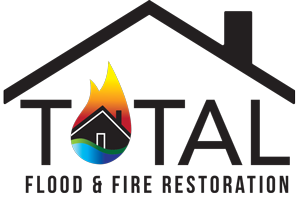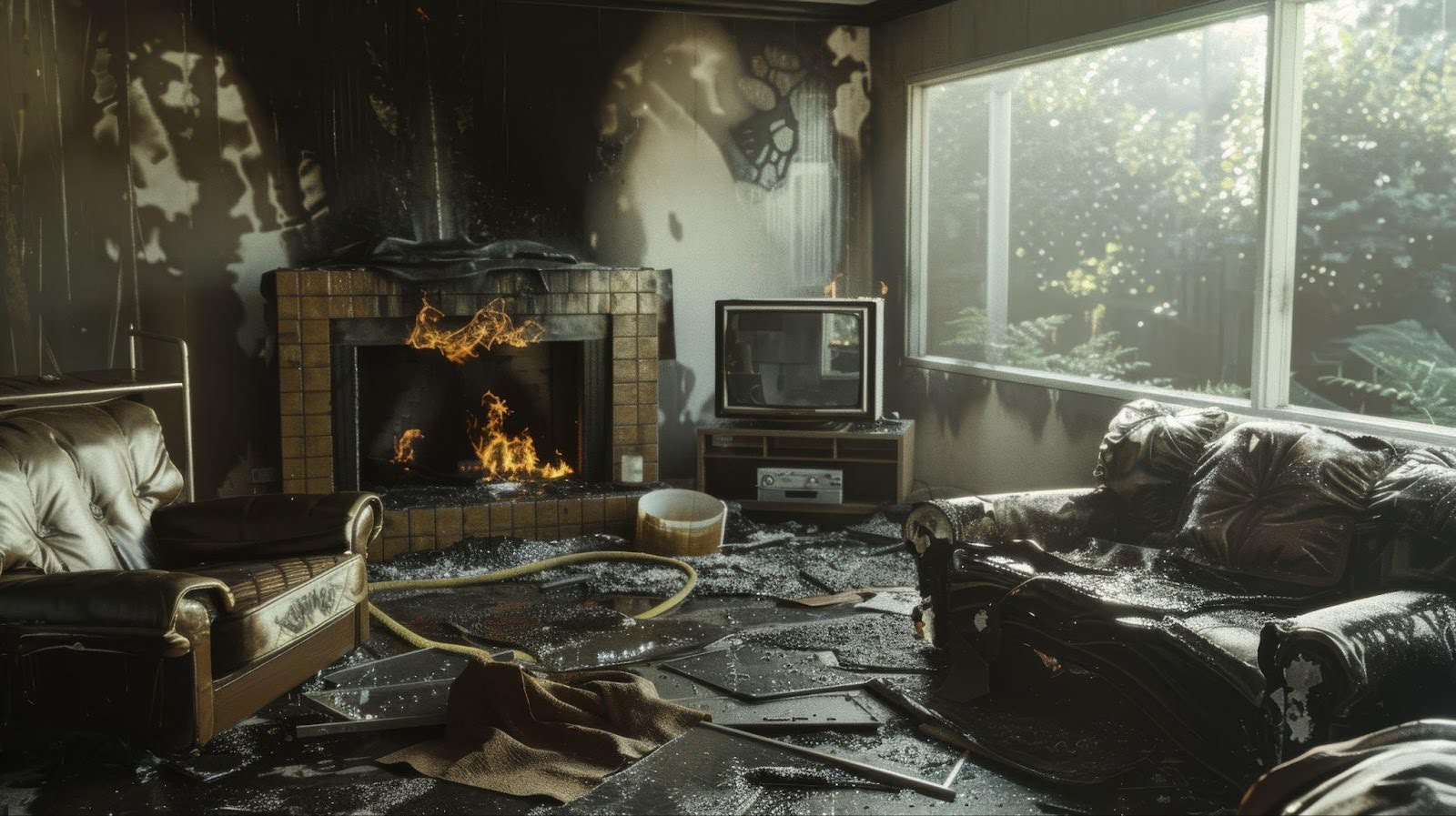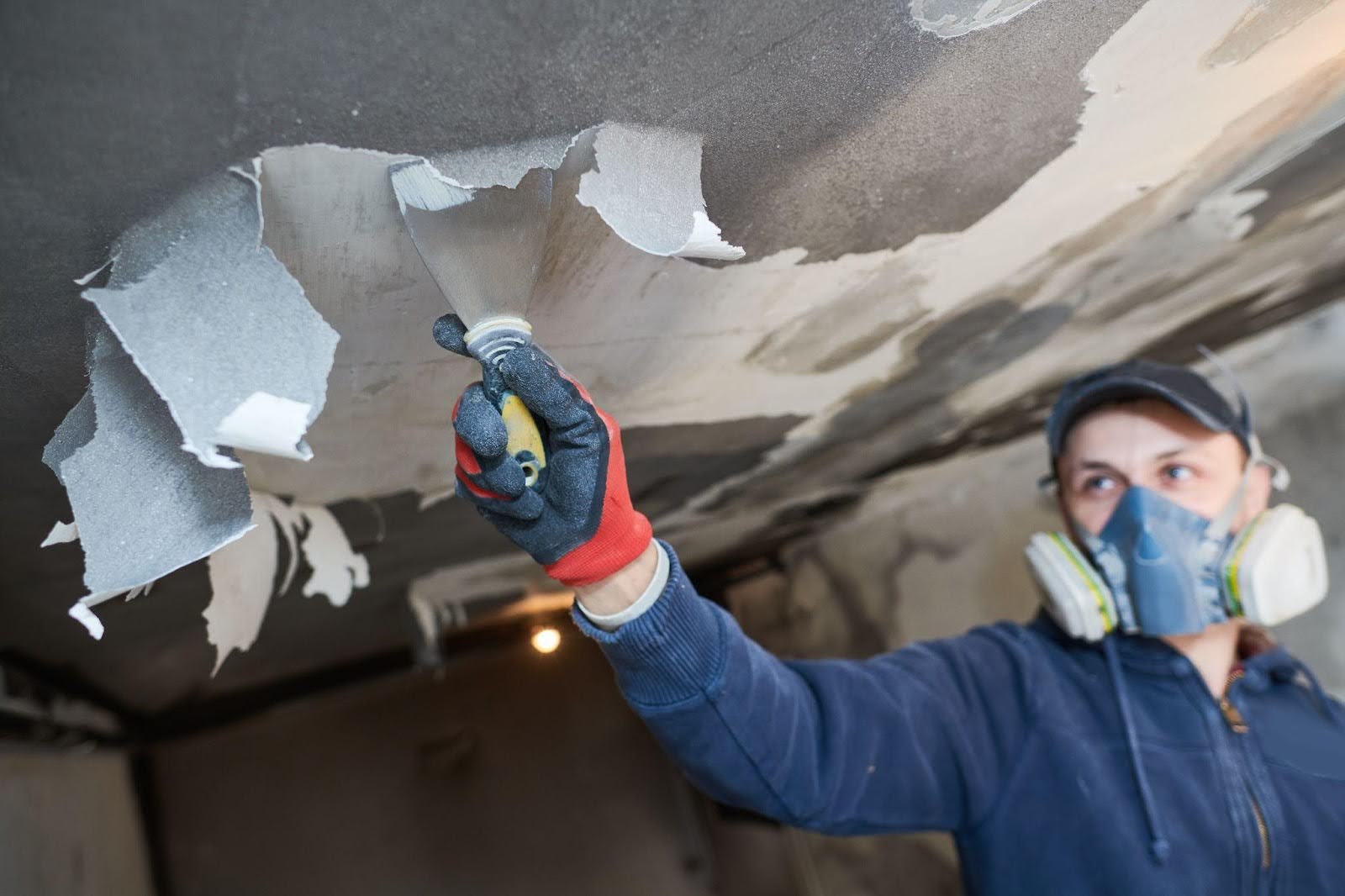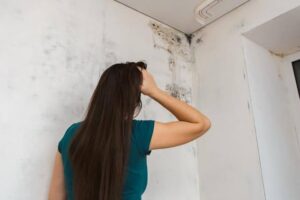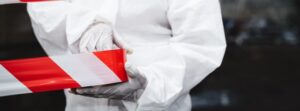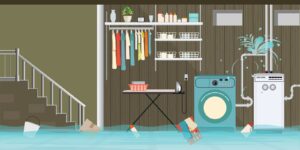Fires leave behind more than visible destruction — ash and soot infiltrate every corner of your home. These microscopic particles cling to surfaces, settle deep into fabrics, and contaminate the air you breathe.
Soot contains toxic compounds, including acids and carcinogens, that damage electronics, corrode metals, and stain walls and ceilings. Ash, though lighter, irritates your lungs, aggravates asthma, and spreads rapidly if disturbed. Without proper cleanup, these residues pose serious health risks and continue to deteriorate your property long after the fire.
This blog outlines essential steps for safely and effectively cleaning up ash and soot. Whether you’re tackling minor smoke damage or seeking professional fire restoration services, these tips will help you protect your health, restore your space, and prevent long-term complications.
The dangers of ash and soot
Ash and soot might seem like harmless dust, but they carry dangerous compounds that compromise your health and home. These residues contain toxins, acids, and carcinogens released when synthetic materials, plastics, and household chemicals burn. Once airborne, soot particles settle into every surface and pose serious cleanup challenges.
Breathing in soot and ash affects more than your lungs. Fine particulate matter triggers respiratory issues, worsens asthma, and causes throat and eye irritation. Prolonged exposure may even increase the risk of cardiovascular problems and long-term health complications. Soot also clings to skin and clothing, potentially leading to allergic reactions or rashes.
Beyond health risks, soot and ash wreak havoc on your property. They corrode electronics, discolor walls, destroy fabrics, and leave behind persistent odors. Acidic residue eats away at metals and finishes, while the oily nature of soot makes it difficult to clean without the right methods.
If not addressed quickly, these contaminants cause irreversible damage — making professional-grade cleanup critical after any fire event.
Prioritizing safety before cleanup
Before you begin cleaning up after a fire, focus on protecting your health and safety. Ash and soot contain hazardous particles that irritate your lungs, skin, and eyes. Start by wearing the right personal protective equipment. Use a high-quality respirator mask rated for fine particles, along with safety goggles, gloves, long sleeves, and sturdy footwear.
Open windows and doors to improve airflow and reduce the concentration of airborne contaminants. Good ventilation helps remove lingering smoke particles and lowers the risk of inhalation. Avoid using fans, which may stir up soot and spread it further into your home.
Shut down your heating and cooling systems completely. Ash and soot settle inside ducts and vents and circulate through your home when the HVAC system runs. Turning off the HVAC system prevents recontamination and keeps cleanup contained to the affected areas.
If you suspect structural damage, heavy contamination, or exposure to hazardous materials, hold off on cleaning. A professional assessment ensures your safety and gives you a clear plan for proper restoration. Waiting for experts may save you from serious health risks and costly mistakes.
Cleaning soot from walls, ceilings, and furniture
Before tackling widespread soot cleanup, test a small, hidden area to see how surfaces react. Soot stains vary in severity, and some materials may discolor or degrade with certain products. Always start with the gentlest method and move to stronger solutions only when necessary.
Use dry cleaning sponges, also known as chemical sponges, to lift soot from walls, ceilings, and hard furniture. These specially designed sponges grab soot particles without smearing them. Work in short, gentle strokes and avoid scrubbing, which actually grinds soot deeper into the material.
After removing the loose soot, clean nonporous surfaces with a mild detergent or degreaser. Mix warm water with a gentle soap, then apply it using a soft cloth or sponge. Rinse thoroughly and dry the area completely to prevent residue buildup or mold growth.
Avoid using water on smoke damage on drywall, unsealed wood, or other porous surfaces. These materials absorb moisture and trap soot, which leads to stains, odors, and long-term deterioration. If porous surfaces show extensive damage, consider consulting a restoration specialist for safe and effective treatment.
Restoring textiles and soft goods
After a fire, smoke and soot often linger in clothing, linens, and upholstered furniture. Acting quickly helps preserve these items and prevents permanent damage.
Start by laundering washable fabrics like clothing, curtains, and bedding using odor-neutralizing detergents. Select products specifically designed to eliminate smoke smells and toxins. Run multiple wash cycles if needed, and let items dry in fresh air when possible.
For delicate garments or those labeled “dry clean only,” take them to a professional cleaner experienced with fire-damaged materials. Dry cleaning removes stubborn odors and stains that regular washing cannot reach.
Evaluate each item’s condition. If clothing or fabric remains discolored, brittle, or deeply saturated with smoke after cleaning, consider replacing it. Lingering contaminants pose health risks and contribute to persistent odors.
Treat upholstered furniture, rugs, and mattresses with ozone treatments or thermal fogging. These advanced methods neutralize smoke odors at the molecular level, reaching deep into fibers where traditional cleaning falls short. Professional fire restoration teams offer these solutions and help restore comfort without compromising safety.
Treating lingering smoke odors
After a fire, smoke odors tend to settle into every corner of the home. Eliminating these persistent smells requires a layered approach that targets both the air and surfaces.
Start by running air purifiers equipped with activated carbon and HEPA filters. These machines remove airborne particles and trap the volatile organic compounds that cause odors. Place them in rooms where the smoke smell remains strongest.
Replace HVAC filters and schedule a professional duct cleaning. Smoke and soot often settle in vents and continue to circulate long after the fire. Clearing out the system improves air quality and prevents recurring smells.
For more severe cases, consider ozone treatments or hydroxyl generators. Professional fire restoration teams use these tools to break down odor-causing molecules in the air and on surfaces. These methods penetrate deeply into walls, carpets, and furniture, reaching places traditional cleaning cannot.
Finish by deep cleaning soft materials like carpets, drapes, and padding. Smoke clings to porous fibers, so use steam cleaning or specialized deodorizing solutions to pull contaminants out completely. With thorough treatment, you restore clean, breathable air and create a healthier home environment.
When to call fire restoration professionals
While small-scale fire cleanup might seem manageable, some situations demand expert intervention. Knowing when to call professionals helps protect your health, home, and long-term recovery.
Call in a fire restoration team if you notice structural damage, heavy soot across multiple rooms, or smoke odors that persist despite your efforts. These signs often indicate deeper contamination or hidden hazards that require specialized care.
Professionals bring more than cleaning power — they follow strict safety standards, wear protective gear, and use advanced tools like thermal imaging cameras, industrial air scrubbers, and HEPA vacuums. Their process includes deep decontamination, odor neutralization, and safe removal of hazardous materials.
Working with a certified fire restoration company speeds up your recovery and prevents secondary damage, such as mold growth, corrosion, and lingering toxins. With their help, you regain a safe, livable space more quickly and avoid costly repairs down the road.
Trust the experts at Total Flood and Fire Restoration
Total Flood and Fire Restoration provides comprehensive cleanup and restoration services, helping you eliminate ash, soot, and smoke damage safely and efficiently. Trust our certified team to restore your home and peace of mind with precision, professionalism, and compassion.
